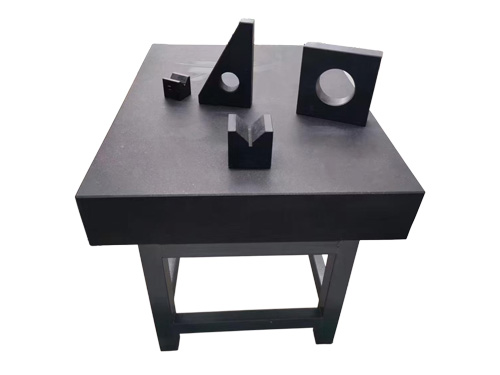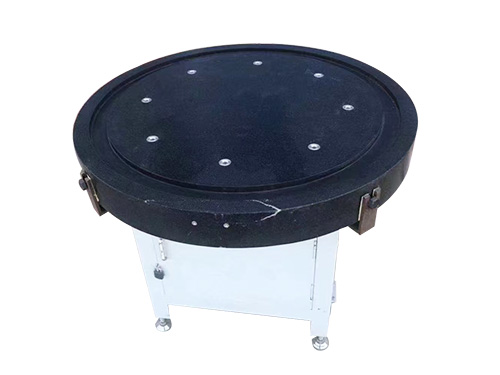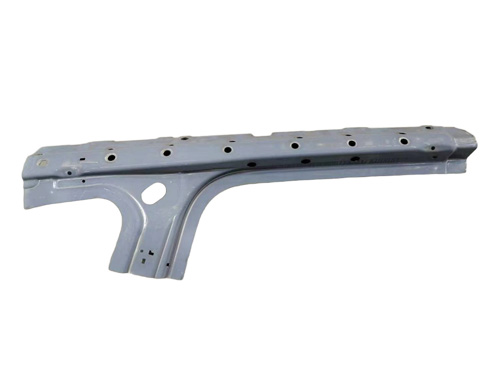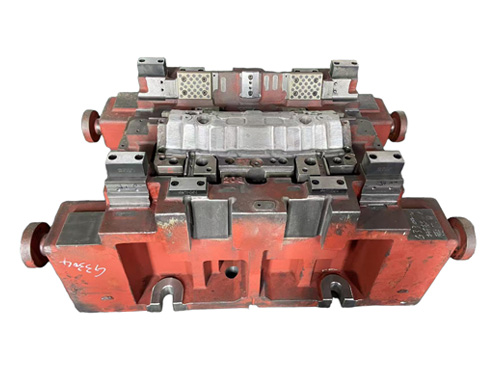News Detail
How to Inspect and Calibrate a Granite Platform with Precision
author:hxrtools Time:2025-09-27 01:05:45 Click:118
In industrial measurement and quality control, the Granite Platform has become a standard reference surface. Thanks to its dimensional stability, resistance to wear, and non-corrosive nature, it supports accurate inspections in machining workshops, laboratories, and research centers.
To ensure that a granite platform maintains its accuracy over years of use, proper inspection routines and systematic calibration are vital. This article outlines the best practices for evaluating and recalibrating granite platforms, while also explaining why sourcing from professional China-based suppliers with batch production capacity offers long-term benefits.


Why Choose Granite as the Preferred Platform Material?
Granite offers unique properties that make it ideal for measurement bases:
·Dimensional Stability: Low thermal expansion ensures accuracy in varying climates.
·Durability: Its hard surface resists scratches and dents, even under continuous load.
·Corrosion Resistance: Unlike steel, granite does not rust or react with chemicals.
·Non-Magnetic: Eliminates errors in sensitive measurement environments.
These attributes explain why a Granite Platform is trusted worldwide for inspection and calibration tasks.
How to Carry Out a Proper Inspection
Routine inspection helps determine whether the platform remains within its specified tolerance:
1.Surface Check
Look for chips, cracks, or obvious wear that might impact measurements.
2.Flatness Evaluation
Flatness is the most critical characteristic. Straightedges and feeler gauges can be used, while advanced labs may apply autocollimators or interferometers.
3.Cleanliness Assessment
Dust, grease, or fine particles can distort results. Ensure the platform is always free of contaminants.
4.Environmental Control
Inspections should occur in stable temperature and humidity conditions to prevent distortion.
Calibration Process Explained
Calibration goes beyond inspection by verifying and, if necessary, restoring accuracy to certified standards. Steps include:
1.Stabilization Period
Allow the granite to rest in its working environment for at least 24 hours.
2.Precision Measurement
Use optical instruments like autocollimators or laser interferometers to measure deviations.
3.Correction by Lapping
If results exceed tolerance, specialized lapping with diamond abrasives is applied to restore flatness.
4.Certification
After calibration, a report is issued that documents compliance with accuracy grades such as DIN 876.
How Often Should Granite Platforms Be Checked?
The inspection and calibration frequency depends on workload:
·Heavy Workshop Use: Inspect monthly, calibrate yearly.
·General Industrial Use: Inspect quarterly, calibrate every 2–3 years.
·Light Laboratory Use: Inspect twice a year, calibrate every 3–5 years.
Adhering to these cycles ensures your Granite Platform remains a reliable precision reference.
Why Supplier Choice Matters
The accuracy of a granite platform depends on material quality, machining methods, and adherence to metrology standards. Inconsistent manufacturing can shorten service life and compromise results.
This is why many buyers prefer direct procurement from Chinese manufacturers with bulk supply capabilities. Such suppliers combine large-scale production with international quality standards, ensuring both affordability and reliability.
Maintenance Practices for Longevity
Even a calibrated platform requires care. Key maintenance tips include:
·Wipe the surface with neutral cleaners after each use.
·Avoid placing sharp tools or heavy parts directly on the granite.
·Keep the platform covered when idle to prevent dust buildup.
·Handle with care when moving to prevent cracks or structural stress.
By following these practices, operators extend the accuracy and service life of their Granite Platform.


Looking Ahead: Granite Platforms in Modern Metrology
As industries adopt advanced automation and high-precision inspection methods, the demand for stable and reliable reference surfaces will continue to rise. Granite platforms will remain at the core of these applications due to their proven consistency.
When combined with trusted sourcing—especially from China-based suppliers offering batch delivery—granite platforms provide both technical reliability and cost-effective scalability.
Conclusion
The Granite Platform is not just a flat block of stone—it is an essential tool for precision engineering, calibration, and measurement. Correct inspection routines, regular calibration, and diligent maintenance ensure accuracy across industrial and laboratory environments.
By working with experienced Chinese bulk supply manufacturers, companies can obtain durable platforms that deliver consistent results at scale. Whether used in metrology labs, machining centers, or R&D facilities, granite platforms remain a cornerstone of modern accuracy and quality assurance.
References
GB/T 7714:Newaz A A H, Jahan R. Design and Implementation of Fixtures for Milling, Shaping and Drilling Operations[J]. arXiv preprint arXiv:2503.06774, 2025.
MLA:Newaz, Abdullah Al Hossain, and Refat Jahan. "Design and Implementation of Fixtures for Milling, Shaping and Drilling Operations." arXiv preprint arXiv:2503.06774 (2025).
APA:Newaz, A. A. H., & Jahan, R. (2025). Design and Implementation of Fixtures for Milling, Shaping and Drilling Operations. arXiv preprint arXiv:2503.06774.
 HOT PRODUCTS
HOT PRODUCTS
 CONTACT US
CONTACT US
—— E-mail:project@haoranmj.com
—— Whatsapp:+86 18932785670
—— Tel:+86 18932785670
—— Add:Across from Sanjing Distillery on Road 4, Botou Economic Development Zone, Cangzhou City, Hebei Province

























